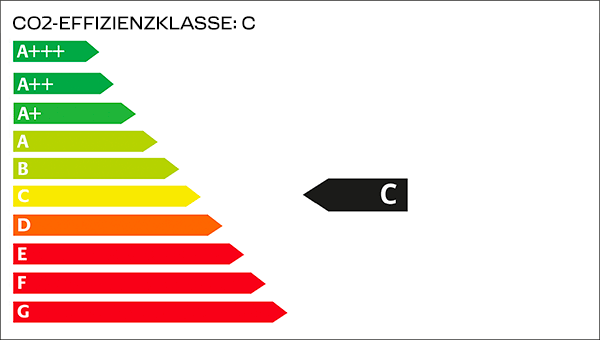
エクステリア
カーボンファイバーリアディフューザー, 駐車カメラ用


SF90 Stradale
SF90 Stradale
SF90 Stradale
SF90 Stradale
SF90 Stradale
SF90 Stradale
SF90 Stradale
SF90 Stradale
 From coupe to spider in just 14 seconds thanks to the retractable hard top. But it’s the V8 engine that’s responsible for acceleration from 0 to 100 km/h in just 3.6 s, performance accompanied by both a reduction in consumption and increase in range. The reference to the 250 Testa Rossa’s famous pontoon fender at the sides of the front end also make the Ferrari California T an icon at first sight.
From coupe to spider in just 14 seconds thanks to the retractable hard top. But it’s the V8 engine that’s responsible for acceleration from 0 to 100 km/h in just 3.6 s, performance accompanied by both a reduction in consumption and increase in range. The reference to the 250 Testa Rossa’s famous pontoon fender at the sides of the front end also make the Ferrari California T an icon at first sight.